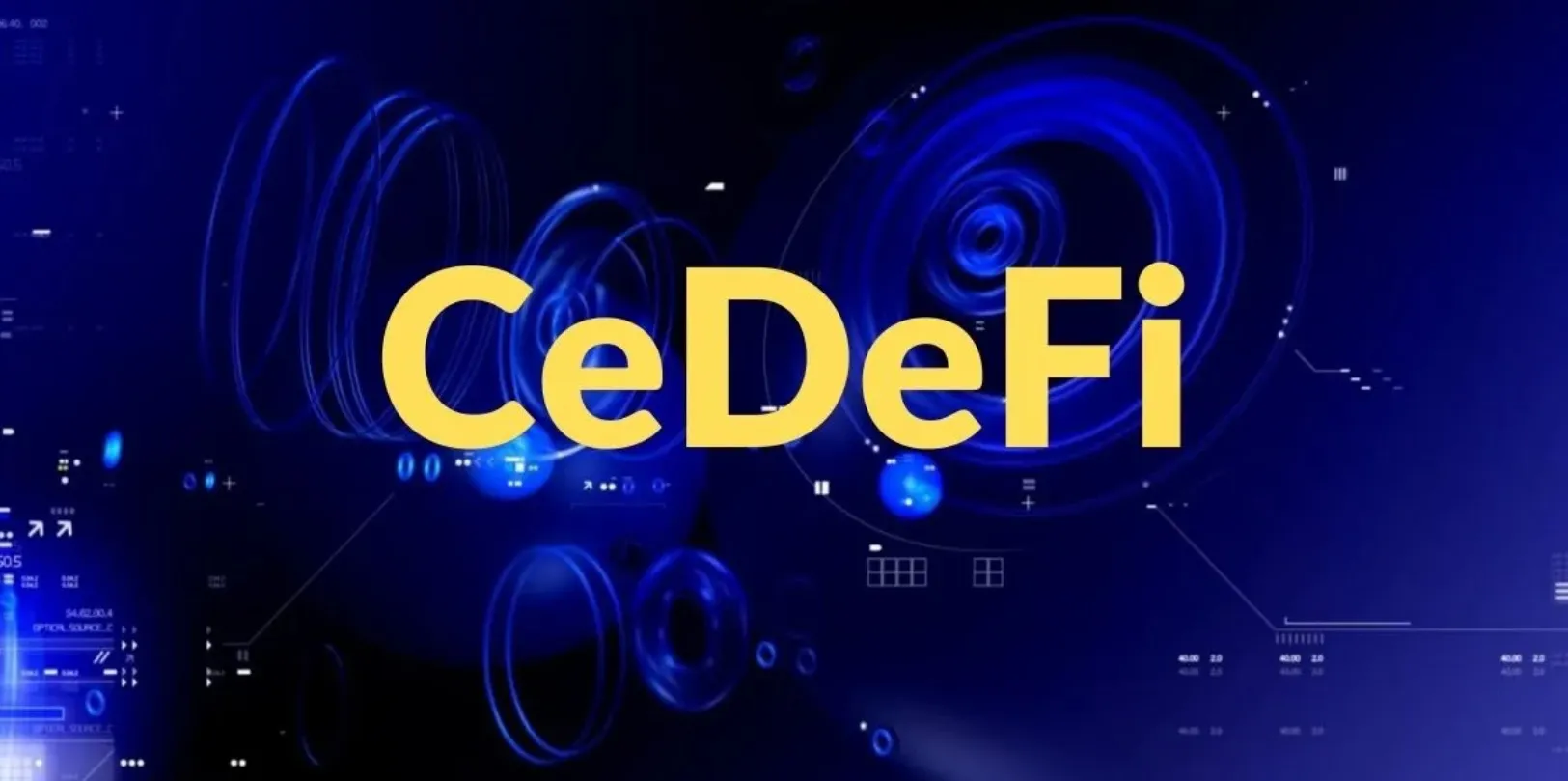People who invest in digital assets, both individuals and big organizations, are facing a tough choice. Decentralized finance (DeFi) can be unpredictable because it’s not regulated and uses cryptocurrencies that can be unstable. Centralized finance (CeFi) is not ideal either because it’s not growing fast enough and has limited options for increasing wealth.
The Benefits of CeDeFi
CeDeFi is a new way of managing money that combines the best of both DeFi and CeFi. It’s not just a copy of traditional banking with some technology added. CeDeFi lets developers create new products and services that are better than what we have now. CeDeFi uses decentralized methods to modernize financial management.
The Binance Smart Chain, now known as the BNB Chain, is an example of CeDeFi. It allows for large blockchain applications and is governed by the users. Laws and regulations are also helping CeDeFi become more viable.
CeDeFi is a good compromise between people who love blockchain technology and those who are more cautious. CeDeFi has the potential to bring more institutions into the world of blockchain. To make CeDeFi work well, developers need to find the best parts of DeFi and CeFi and use them together.
For example, DeFi has many benefits, like being transparent and having lower costs. But it also has some drawbacks, like having assets that are not stable enough for big organizations. CeDeFi can make it easier for people to invest in assets that were only available to big investors before.
DeFi can be hard for people who are new to it, but combining it with CeFi can make it more accessible. However, it’s important to make sure that DeFi and CeFi work together in a way that makes sense. CeDeFi has the potential to be a good solution for people who want to build wealth in a new way.
Use of Blockchain
CeDeFi leverages the technology of blockchain to improve financial management. It utilizes the decentralized methods of blockchain to bring a new level of security and fairness to the financial system. The decentralized architecture of blockchain eliminates the need for intermediaries, reducing the risk of fraud and manipulation. This means that the financial transactions made through CeDeFi are transparent and can be easily audited.
Additionally, the decentralized nature of blockchain allows for the creation of smart contracts, which are self-executing contracts that automatically enforce the terms of the agreement between parties. These smart contracts can be used to automate many financial transactions, reducing the need for intermediaries and increasing efficiency.
Examples
Here is a review of some of the leading platforms:
- Binance Smart Chain (BNB Chain): It allows for large blockchain applications and is governed by the users. With Binance’s reputation and its integration with the popular Binance exchange, the Binance Smart Chain is a great option for people looking to get involved in CeDeFi.
- Polygon (formerly Matic Network): Polygon is a Layer 2 scaling solution for Ethereum that enables high-speed transactions and low gas fees. It’s an ideal platform for DeFi applications, especially for decentralized exchanges (DEXs) and yield farming.
- Avalanche: Avalanche is a blockchain network that supports multiple subnets, each of which can support its own dApps and assets. This allows for greater flexibility and scalability, making it an attractive option for CeDeFi applications.
- NEAR Protocol: NEAR is a sharded, developer-friendly platform that enables fast and secure transactions. It’s designed to be scalable and flexible, making it a great option for CeDeFi applications.

